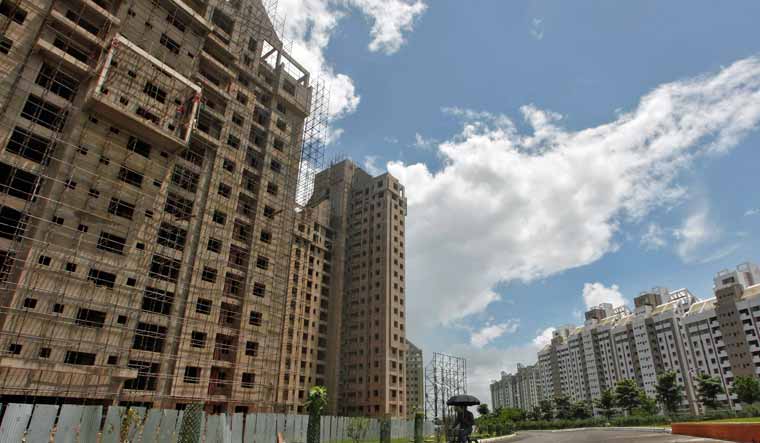The role of the real estate sector in turning around the ongoing economic slump cannot be overestimated. Besides, the sector is a dynamo of employment. Because of its inter-linkages with other sectors and industries, a revival of the real estate sector in the country will open opportunities for other sectors leading to their revival. The Covid-19 induced lockdown in the country put paid to housing sector, throwing millions of people jobless. A major portion of the migrants, who headed back home post Covid-19 induced lockdown, had been employed in real estate businesses in metros and tier-II cities. These people constituted a major portion of the migrants who were mobilized between April and July this year. In light of this, the Reserve Bank of India has done well by rationalising the risk weights and loan-to-value (LTV) ratios of new housing loans to be sanctioned till March 31, 2022. This will free up more capital in banks which could be passed on to customers. This measure will address the urgency of funds required to boost the real estate sector in the country. Home loans will become accessible and cheaper for customers. Earlier, lenders looked at multiple factors before fixing the loan size to be disbursed to a customer. They included his credit profile. Lenders were also hamstrung by various regulatory caps. For example, if a bank underwrites a loan of Rs 75 lakhs, the customer is asked to arrange Rs 15 lakhs after which the lender chips in with `60 lakhs. The LTV would be Rs 60 lakhs (value of the loan) divided by Rs 75 lakhs (cost of the home purchased). The LTV will be 0.8 per cent. If the LTV increases the banks’ risk weights for advances will also go up. Therefore, the risk size is linked to the size of the loan as well as the loan to value (LTV) ratio. The rise in the LTC therefore will decrease the risk weight of a loan making it easy for banks to extend loans to prospective borrowers.
Having said this, it will be too simplistic to assume that banks will loosen their purse strings for home buyers. Policies are at one level but when it comes to practice, banks are free to decide. Earlier, the central bank had increased the loan to value (LTV) ratio for gold loans to 90 per cent from the earlier 75 per cent. This had been done to redress the economic sufferings of people in the wake of the pandemic. However, few banks followed the order. Ergo, the latest directive by the RBI with regard to home loans may face the same fate. Keeping the existing borrowers out of the new scheme is also not comprehensible.
Existing borrowers may want more money against their punned properties which are in any case undervalued because of the lower LTV. The lenders should include the existing borrowers and pass on the benefits of the bigger LTV to them. Keeping such a large chunk of borrowers out of the benefits of the bigger LTV will not serve the full purpose of the measure. Raising the LTV of home loans will of course lower the risk weight of loans freeing banks of the obligations of larger provisioning, but it all depends on the risk appetite of banks. They are free to decide what they want to do with the idle capital.
To assume that banks will lower the interest rates to encourage prospective home buyers to take loans as they will be left with more idle money will be too simplistic. Chances are that a rise in home LTV will face the similar fate of the rise in gold LTV. Policies can only make a difference for the beneficiaries if they are executed in letter and spirit. In the case of banks, both PSBs and private ones, there is a huge wall between policies and practices.




